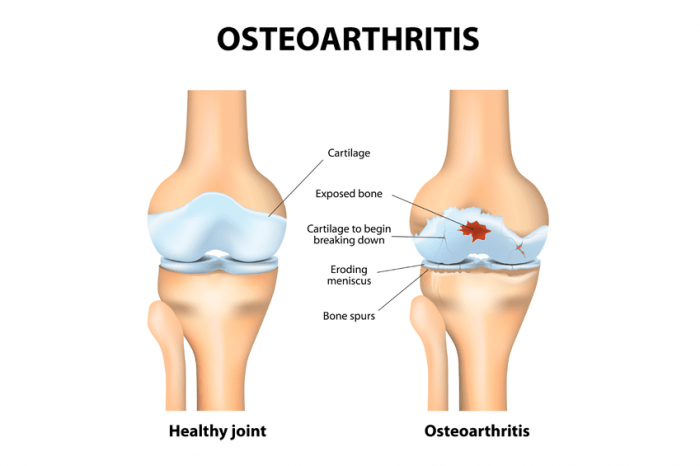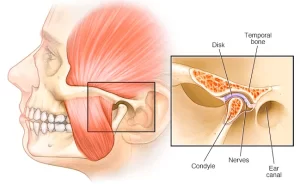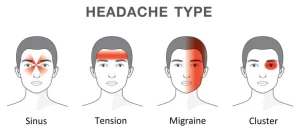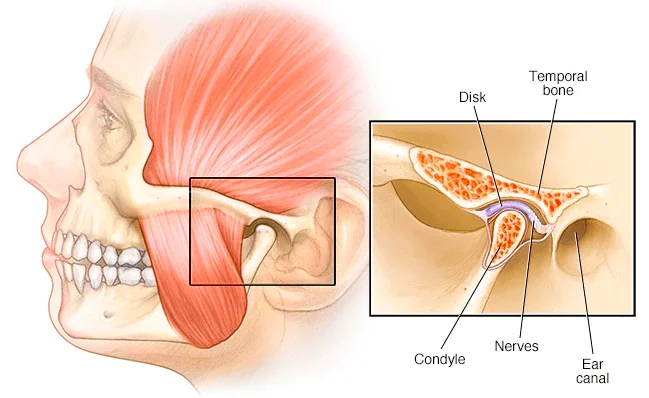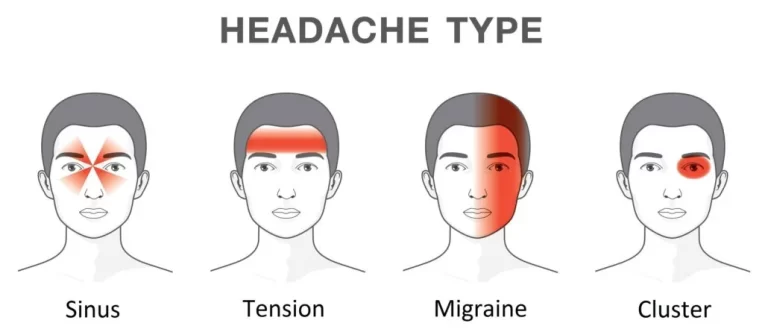Did you know that Osteoarthritis affects about 1.1 million people in Singapore?
What is Arthritis?
Arthritis is inflammation of one or more of the joints. Pain, swelling, and stiffness are the primary symptoms of Arthritis. Any joint in the body may be affected by the disease but it is particularly common in the knee. Knee Arthritis can make it hard to do many everyday activities such as walking or climbing stairs. It is a major cause of lost work time and a serious disability for many people.
The most common types of Arthritis are Osteoarthritis and Rheumatoid Arthritis.
What is Osteoarthritis?
Osteoarthritis is the most common form of Arthritis in the knee. It is a degenerative “wear and tear” type of arthritis that occurs most often in people aged 60 years old and above but may occur in younger people too. In Osteoarthritis, the cartilage in the knee joint gradually wears away. As the cartilage wears away, it becomes frayed and rough and the protective space between the bones decreases. This can result in bone rubbing on bone and produce painful bone spurs. Osteoarthritis develops slowly and the pain it causes worsens over time.
Symptoms of Knee Osteoarthritis
Symptoms commonly linked to Knee Osteoarthritis include crepitus (a clicking or popping of the knee joint with movement), pain that seems to be weather-related and gets worse with rain, stiffness, swelling, and weakness in the knee joint that may cause it to buckle. Knee Arthritis symptoms also typically worsen over time. Later stage Arthritis symptoms may include visible joint deformities and stiffness that make movement very difficult.
Osteoarthritis Treatment
Physical therapy can help with the treatment of Osteoarthritis. Manual therapy will be used to move the muscles and joints so as to improve motion and flexibility, in people with knee Osteoarthritis. Therapeutic modalities such as Cryotherapy and heat therapy to aid in pain management may also be recommended. Strengthening exercises to increase stability throughout the body, range-of-motion exercises to improve flexibility and motion, along with personalised lifestyle recommendations will then be prescribed as treatment progresses. If in doubt, please seek professional advice.
Check out our popular articles: Diastasis Recti, Tight Back Muscles, Irritable Bowel Syndrome (IBS), Temporomandibular Joint (TMJ) Dysfunction, Tennis Elbow, Wrist Tendon Injury, Sciatica, Whiplash, Hernia, Herniated Disc (Slipped Disc).
